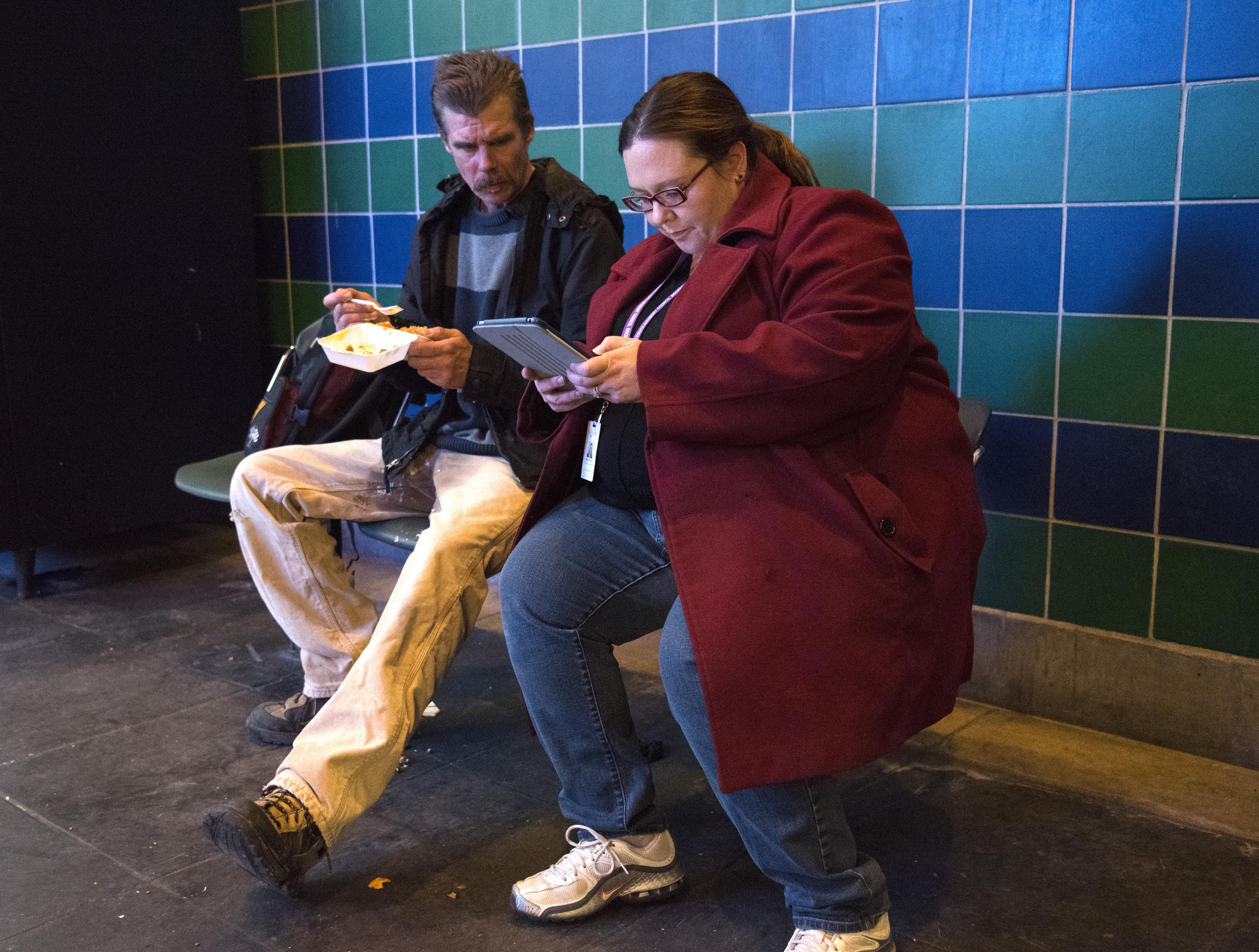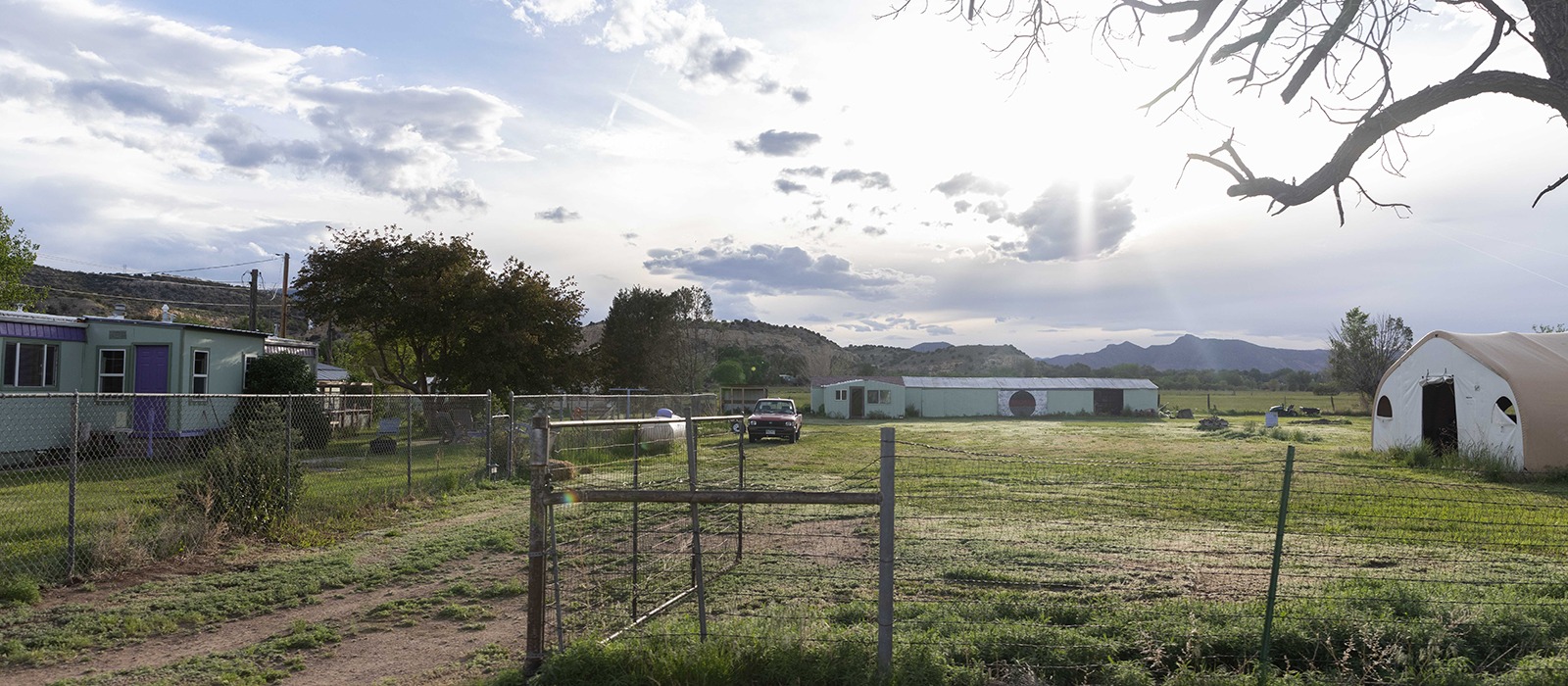No community can end homelessness of any kind without comprehensive, real-time, person-specific data on the problem. This has emerged as a gospel tenet of our work.
But it wasn’t always this way.
The federal government requires communities to collect data on homelessness on one night in January each year. Data is then extrapolated from these counts to create national estimates of homelessness. In 2015, when we began our work, we analyzed current and historical local point in time data to calculate projected inflow and outflow over the course of a year. We used that information to set monthly housing targets that would put each community on a path to zero. By the end of the first year, more than 20 communities had hit their targets and should have ended veteran homelessness. In reality, only one community had achieved a measurable zero.
We had stumbled into a critical data problem. Solving it would be crucial to our success and to the success of each local community.

“These folks that we’re helping, we know them now—I can tell you all about them. It makes it a lot more real when you have that by-name list.”
— Angie Walker, Rockford, IL Department of Human Services
Why you need real-time data to end homelessness
Homelessness is a dynamic, person-specific problem that changes from night to night and from person to person. Yet, we had encouraged communities to benchmark their goals against anonymous snapshot data, collected at a single point in time. That data was insufficient to help local players respond quickly to such a constantly shifting problem.
This highlights the second key component of our theory of change: once communities have identified a clear and measurable end state, they need a rapid feedback loop to tell them how they’re doing and to inform quicker, more adaptive decision making. Because it is impossible to predict who will become homeless or how the problem itself may change over time, there can be no fixed recipe or solution, only promising practices and approaches brought together in shifting, context-specific combinations. These combinations must be accountable to community-wide performance data, which must reveal whether a community is driving reliable reductions in homelessness continuously.
The upshot of this insight is that a rapid feedback loop on who and how many people are experiencing homelessness in a community at any given time is a more vital and actionable resource than almost anything else local leaders could possess. It is the essential compass every community needs in order to make decisions at the speed of homelessness. We believe this is the emerging lesson of almost forty years of research and practice in the field.
To some, this insight may sound plain— the technology sector long ago proved the transformative power of real-time data. But homelessness is not a digital problem. Prior to the launch of Built for Zero, many people in the sector believed that reliable, real-time, population-level data could not be attained cost effectively on homelessness, or for that matter, most other social problem with human beings at the center. (Nevermind the fact that public health workers have been producing such data throughout the developing world for many years using only the simplest tools.)
Imagine the logistics. First, a community would need a methodology for accounting for every person experiencing homelessness at any given time, drawing only on the daily resources available to homeless service providers. Local leaders would also need to develop ways to account rapidly for new inflow into the system, outflow into housing, as well any person who had simply disappeared, and this accounting would need to include those staying in services as well as those sleeping outside. Finally, this data would need to comport with clear standards for quality and reliability— standards which would need to be developed, tested and refined over time.
In 2015, no community in the country had the ability to produce this level of data. The fact 59 US communities now do so for targeted populations with quality and reliability is unprecedented and has rattled our assumptions about what other social problems might be tackled in this way.
The by-name list revolution
Our data team worked with communities and partners to develop a clear, measurable standard for real-time data and tested it over several months. We then developed tools to communicate this standard in ways communities would understand, and to normalize the new behavior. We built simple, user friendly scorecards to help communities know how they were doing against our data standard, and we began working with each community, one scorecard question at a time, to help them improve their data quality.
Today, not only are 59 Built for Zero communities working from a real-time, by-name list of people experiencing homelessness, but many have taken to using their annual point in time count as an opportunity to ensure the comprehensiveness of their list— an excellent use of this community-wide event.
Communities that have reached functional zero
14 communities have achieved functional zero for at least one population
12 communities have solved veteran homelessness
5 communities have solved chronic homelessness
3 communities solved ended both

Abilene, TX
Veteran (Nov. 2018) and chronic homelessness (Jan. 2020)

Bergen County, NJ
Veteran (Aug. 2016) and chronic homelessness (April 2017)

Fremont County, CO
Veteran homelessness (Feb. 2021)

Gulf Coast Region, MS
Veteran homelessness (Sep. 2015)

Norman, Cleveland County, OK
Veteran homelessness (Jan. 2017)

Arlington County, VA
Veteran homelessness (Dec. 2015)

Crater Region, VA
Veteran homelessness (Feb. 2021)

Lancaster City & County, PA
Chronic homelessness (March 2017)

Lake County, IL
Veteran homelessness (Dec. 2018)

Rockford, Winnebago & Boone Counties, IL
Veteran (Dec. 2015) and chronic homelessness (Jan. 2017)

Bakersfield, Kern County, CA
Chronic homelessness (March 2020)

Chattanooga, TN
Veteran homelessness (Oct. 2019)

Montgomery County, MD
Veteran homelessness (Dec. 2015)

Lynchburg Region, VA
Veteran homelessness (Feb. 2020)
This article is excerpted from Getting to Proof Points: Key Learning from the First Three Years of Built for Zero.












